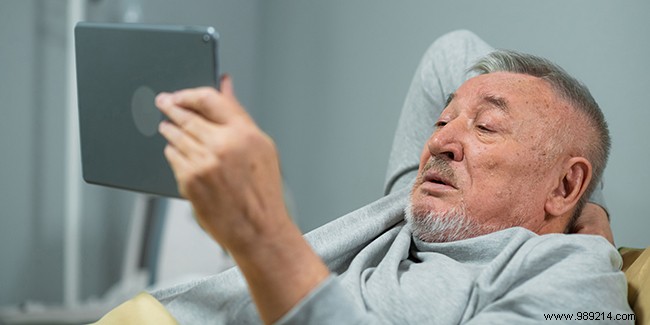
At a time when the multiplicity of technological media for the possession of cultural goods (films, music, press, etc.) is taking over, the paper book has a lot to worry about; its little electronic sister, the reading tablet or e-reader, is moreover particularly suited to new consumer habits. Should you fall for such a tool as a confirmed reader? See for yourself...!
Yes, novice friends, there is a difference between the two. Readers, exclusively compatible with e-books (see below) and with several types of personal documents (text, photos, etc.), are dedicated to reading in all its forms:novels, articles, guides, comics, etc. . The reader has the advantage of not being "overloaded" with superfluous programs as our smartphones and computers are today.
The reader can connect to the Internet in order to access various online "bookstores", where digital books can be purchased at prices that are often more attractive than their paper version. The tablet is another interesting tool:dedicated to all multimedia uses, it offers the same possibilities in terms of reading – but its screen, which is not very suitable, tires the eyes.
The range of digital books offered by online libraries is mainly made up of classics, and therefore royalty-free works; therefore, these totally free e-books are also available on the rest of the Net. Otherwise, some platforms such as Fnac and Amazon offer millions of contemporary works, paid for this time, as well as newspapers, magazines, comics, practical guides... Exactly like in a real bookstore!
And with the advantage of no longer depriving yourself for lack of space:an e-reader can store an average of 1,000 to 3,000 novels, depending on the model. Several brands have opened "e-bookstores" - Darty, Boulanger, Carrefour... which has also released its own model of e-reader (Nolim) at around €30 less than its competitors.
Portable, ergonomic, the reading light offers comfortable reading:unlike that of a touchscreen tablet (or smartphone, television, etc.), its screen is not backlit, which avoids eye strain. It is therefore impossible to read in the dark, unless the device incorporates lighting (eg the Kindle Paperwhite) – but the possibility of zooming in to enlarge the characters is an interesting feature for seniors.
It is also possible to search for a term in the text directly in an integrated dictionary, or to "take notes". Finally, the strong point of the reader compared to the tablet is its autonomy:up to a month for the Kobo Glo offered by Fnac! This tactile model, although backlit, is very comfortable to use thanks to its matte screen.